Apple has revealed plans to increase the use of recycled metals in its products. By 2025, the company aims to use 100 percent recycled cobalt in the batteries it designs.
Additionally, it plans for all magnets in its devices to be made from entirely recycled rare earth elements by the same year. Apple also intends to manufacture its circuit boards with completely recycled tin soldering and gold plating.
The tech industry has faced significant criticism over its reliance on mined materials, which have adverse effects on both people and the environment.
Apple, along with other companies, has been scrutinized for human rights violations related to cobalt mining, often referred to as the “blood diamond of batteries.”
In 2016 and 2017, Amnesty International and Sky News conducted investigations revealing that children were working under hazardous conditions to mine cobalt, which likely ended up in Apple products and other electronics.
In 2019, Tesla and several tech firms were sued for alleged child labor practices, though a federal court dismissed the case in 2021.
Apple did not provide a response to a press inquiry from The Verge but noted in its recent announcement that it “sources primary minerals responsibly.”
In a report on cobalt mining in the Democratic Republic of Congo, the company emphasized its ongoing efforts to “raise the bar for ourselves, and the industry.”
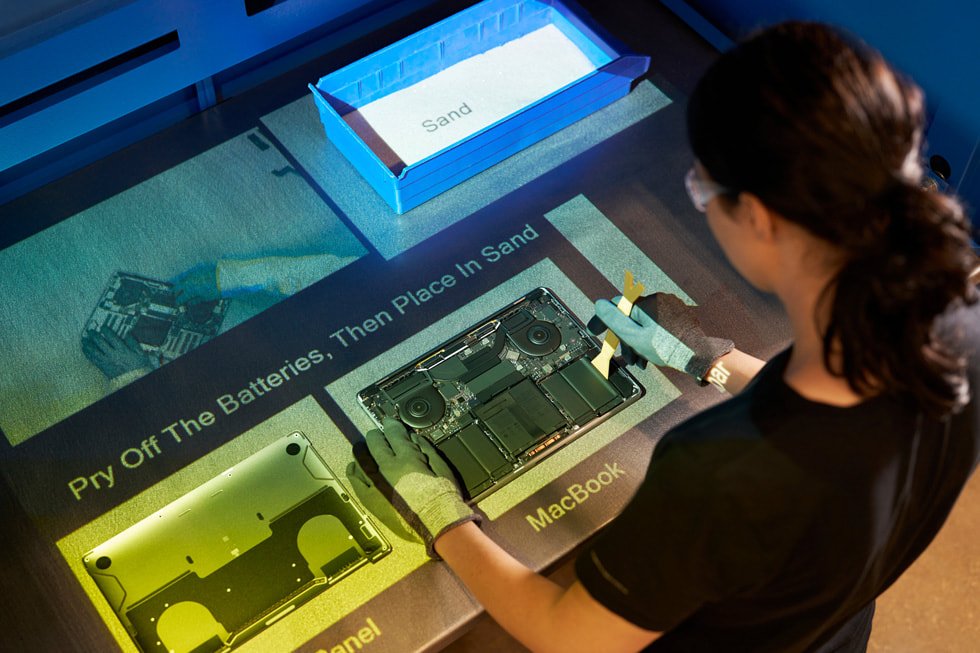
The company has collaborated with the Material Recovery Lab in Austin, Texas, to look for methods of reusing more materials from its products. Apple introduced its iPhone-recycling robot, Daisy, in 2018.
Since then, Daisy has recovered 11,000 kilograms (approximately 24,251 pounds) of cobalt from batteries. The robot is also capable of recovering rare earth elements that would otherwise be lost in conventional electronics recycling processes.
Last year, Apple reported that a quarter of the cobalt used in its products came from recycled sources. The percentage of rare earth elements in its products increased from 45 percent to 73 percent between 2021 and 2022.
Recycled tin constituted 38 percent of the tin used by the company last year. While specific figures for recycled gold were not disclosed, Apple mentioned that it has expanded the use of recycled gold from the iPhone 13’s main logic board to additional components in the iPhone 14 and other products.
E-waste from discarded phones, computers, and tablets continues to be a growing global problem.
Although recycling can help reduce some of this waste, it does not address the broader issues related to the manufacturing and disposal of electronic devices. Extending the lifespan of gadgets by making them more repairable is also essential.
Josh Lepawsky, a professor who researches e-waste, noted, “Using recycled materials in manufacturing is important … [but] it misses a really important thing, which is that recycling enables disposability.
Recycling companies figured out that instead of just getting stuff into people’s homes or into their hands, they can move stuff through their homes or through their hands.”

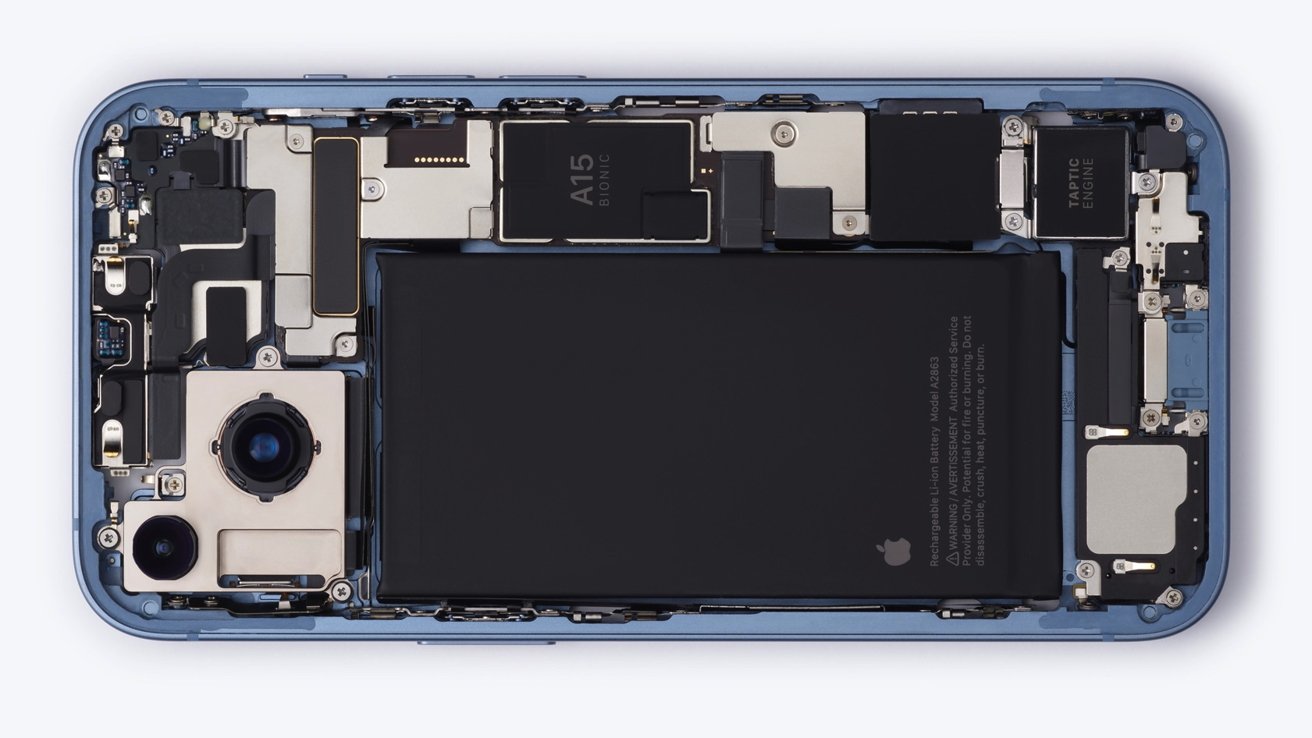
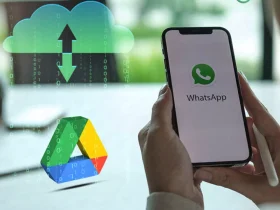
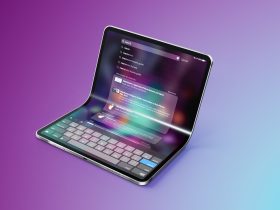
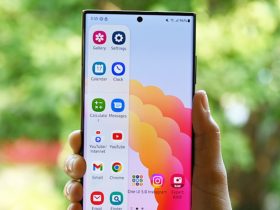

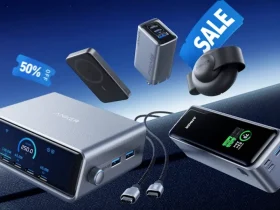
Leave a Reply